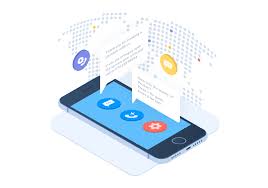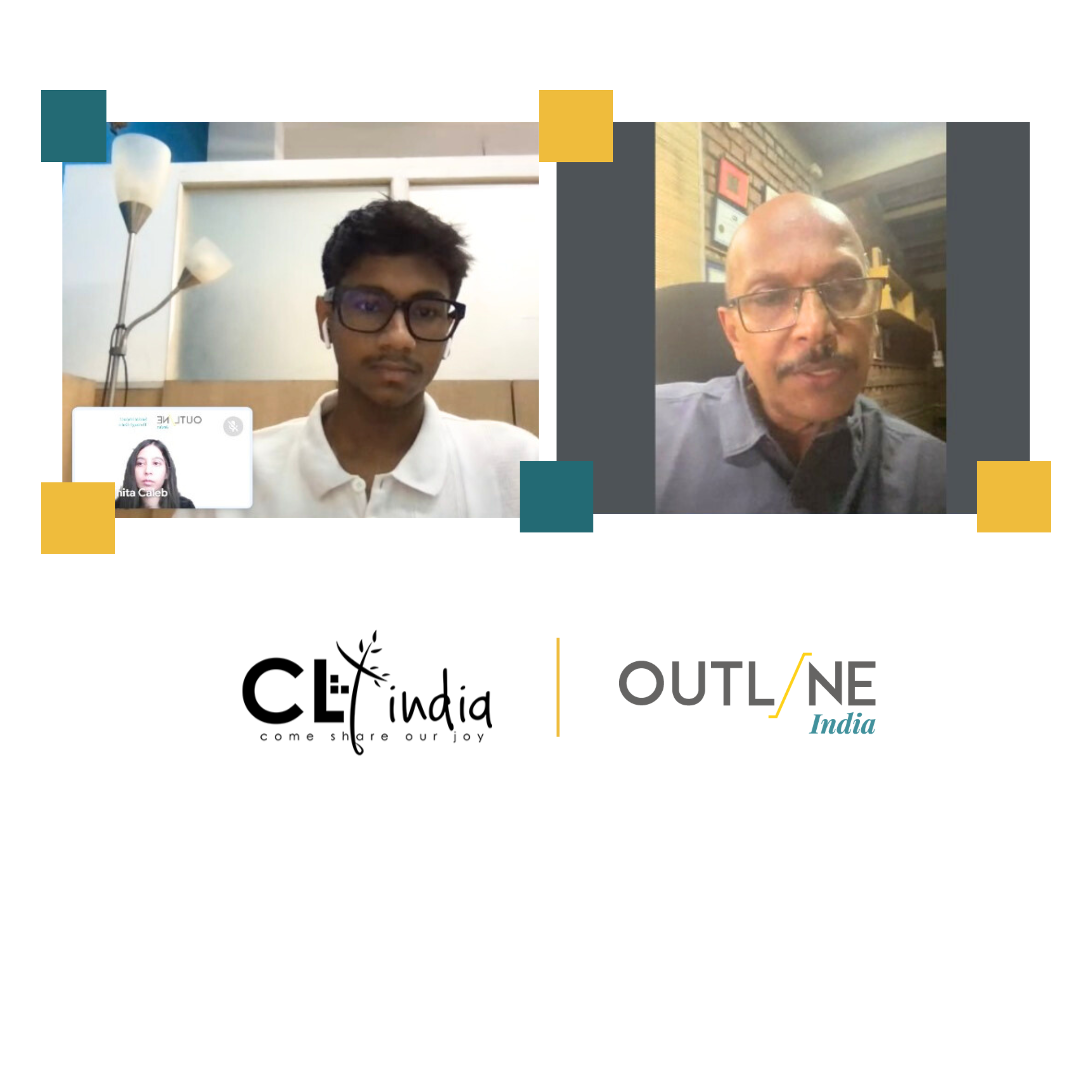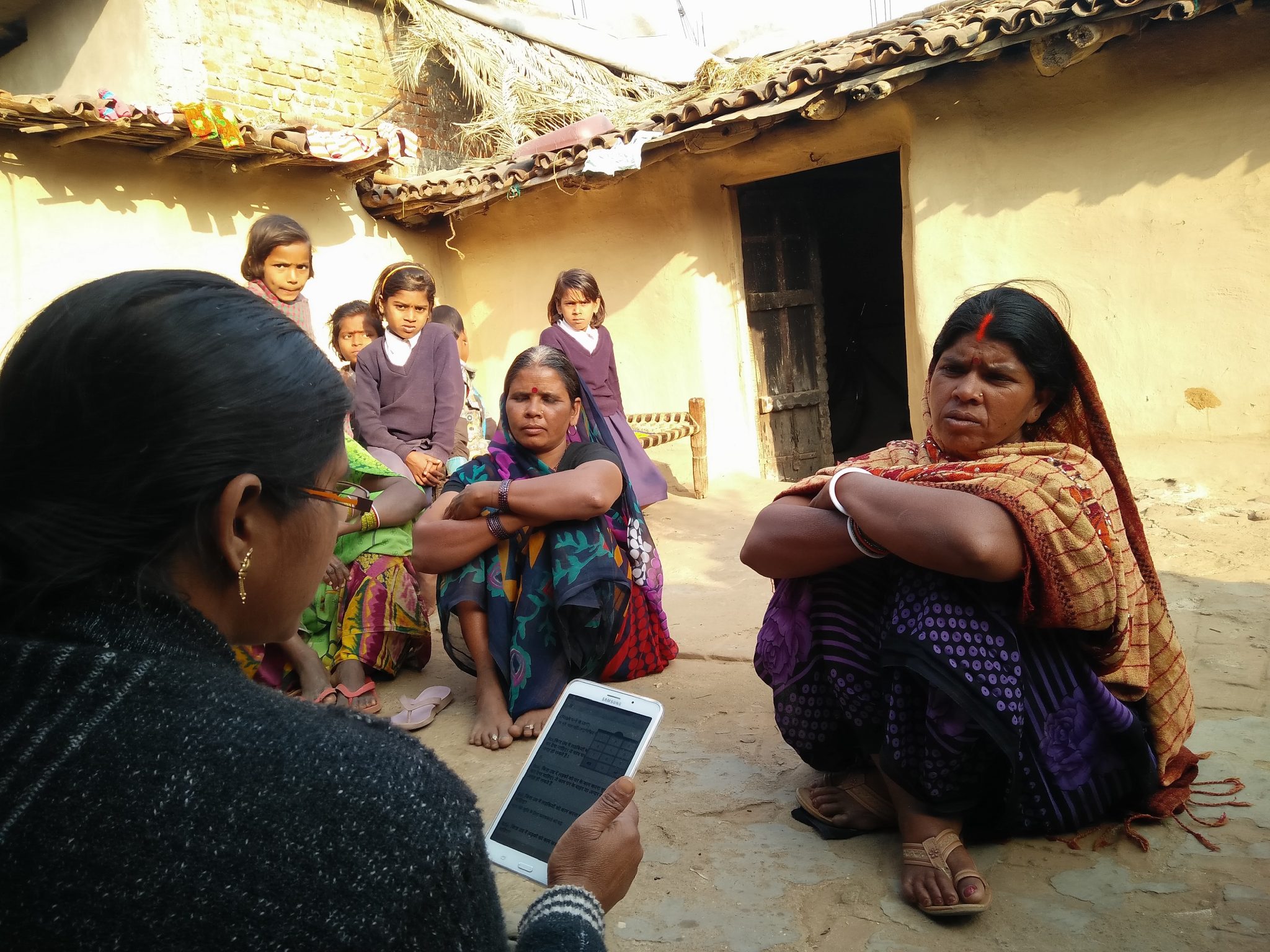Blog Details
After discussing the transition from CAPI to CATI mode of data collection in our last blog, this blog aims to highlight protocols as well as do’s and don’ts of telephonic interviews to increase the efficiency and reliability of data.
COVID-19 has ground many surveys to a halt. The rapid and devastating spread of COVID-19 suggests that face-to-face surveys will not be possible for months to come. Researchers now wonder: Is it possible to collect survey data in the meantime? Well, there are various alternative ways to switch to. One of them is CATI platforms. However, the new methods require certain tricks and tips to mitigate the risk and challenges involved. This piece aims to provide a quick read to the readers flagging pointers to be mindful of at different stages of the phone interviews for data collection.
CATI is being increasingly accepted for conducting live interviews. Different Softwares such as survey, Survey Systems and SurveyCTO have introduced new ways of auditing phone interviews. These platforms include the following features, ensuring that the data is collecting in the most efficient, effective and relevant manner:
Click to dial and predictive dialling: With a pre-installed database of respondents numbers, one can quickly call respondents with just one click on the telephone number. This reduces the scope of error with numbers and thereby increasing productivity.
Manage data: This software provides with the ease of managing data by providing various options such as designing and coding the survey. The software puts down enumerator IDs and the respondent's number they have to interview – related data in a tabular/excel format; manage calls that have been successfully undertaken or were rescheduled.
Interviewers statistics: Monitor interviewer’s activity and productivity.
Records all phone calls: Recorded calls are easy to audit for quality checks as well as monitor the reasons for unsuccessful calls.
Despite various benefits of ease that comes with such software, there are certain points that can be kept in mind while undertaking phone interviews for collecting data to increase the efficiency of data collection. Through years of systematic design testing, we have optimized remote practices for every stage of data collection and processing.
Steps for designing effective phone survey
Reflect on reasons for phone calls failing to serve the purpose
List down different reasons why phone calls are failing.
Categories these reasons into broad themes. E.g. Network error, handset not available, top-up issue, etc. Thereafter see which theme can be addressed and which can be worked around.
Be more accurate about the database on numbers - some do not exist, some are unreachable or are invalid.
Be more mindful of follow-up calls
In case the interviewee is unavailable, then make sure to go ahead with a follow-up call.
Be more mindful of timings. Do not call at a time when the interviewee will be busy with work or household chores.
Maintain at least a 2-hour window between the calls. You do not want to overwhelm the interviewee during this situation.
Manage the Caller ID database effectively
Given a large number of interviewers or enumerators * a number of interviewees * a number of times the interviewer has to call each interviewee - it can be as confusing as it sounds.
Maintaining excel/database is therefore extremely important. SurveyCTO and CATI can be used to optimize this task.
Code of Conduct
The next most crucial point in this whole process is to ensure that the researchers or enumerators follow an ethical code of conduct for collecting primary data. Some of the pointers are discussed below:
Introduce yourself, your affiliation and the objective of the call
After communicating the objective, ask them whether this is a good time to proceed with the call. If not, then when can you call them again?
Inform them about the tentative time the whole interview will take.
Take consent: Communicating and taking informed consent is crucial. Given that now the data collection procedure has shifted to virtual means, be more cautious while taking consent and make sure the respondent understands it correctly.
Maintain a humble and polite tone throughout.
Do’s and Don’ts of Phone Interviews
We want to understand and address the challenges of creating a set of efficient methods for remote data collection. Our goal is to learn the dos and don’ts of running phone surveys in order to minimize errors and maximize relevant data collection in times of COVID.
Do’s
Incentives: provide reimbursement or incentives to respondents. Always make sure you cover the opportunity cost they bear in giving you time during such difficult situations. This could be in the form of top-up, bank transfer, or other cash transfers.
Count each follow-up question as an individual question while preparing the tool and account for its time, accordingly.
Make sure you tweak the tool regularly. Be thorough with your pilot to avoid unsuccessful phone surveys with respondents
While interviewing a female candidate, make sure that she at ease and comfortable. Make sure that no other member of the family, especially male, is around. This may hinder her responses and will result in biased data collection.
Don’ts
Do not keep the length of the tool of more than 15 minutes
Do not overwhelm the respondent with multiple calls. Make sure you catch them at a time convenient to them.
Do not include multiple follow-up questions. Keep your questions crisp, precise, and to the point. Only include those questions which are of utmost importance for the scope of work and objective of the call.
Useful resources
Some of the social sector practitioners have also shared their success stories by documenting their own way forward:
Take a look at the resources for adapting projects during COVID-19 by SurveyCTO, which helps understand and mitigate the risks of CATI.
More interesting reading is the series of blog posts by the World Bank: Impact evaluations in the time of COVID-19, the first instalment of which shares relevant resources.
RTI International shares insights on Collecting Data with Mobile Surveys in Low-and Middle-Income Countries During COVID-19.
Similarly, Humanitarian Data Solutions developed a list of things you can do to adapt your M&E Processes.








David Angel Makel
IT ConsultantIt is a long established fact that a reader will be distracted by the readable content page looking at its layout point of using normal